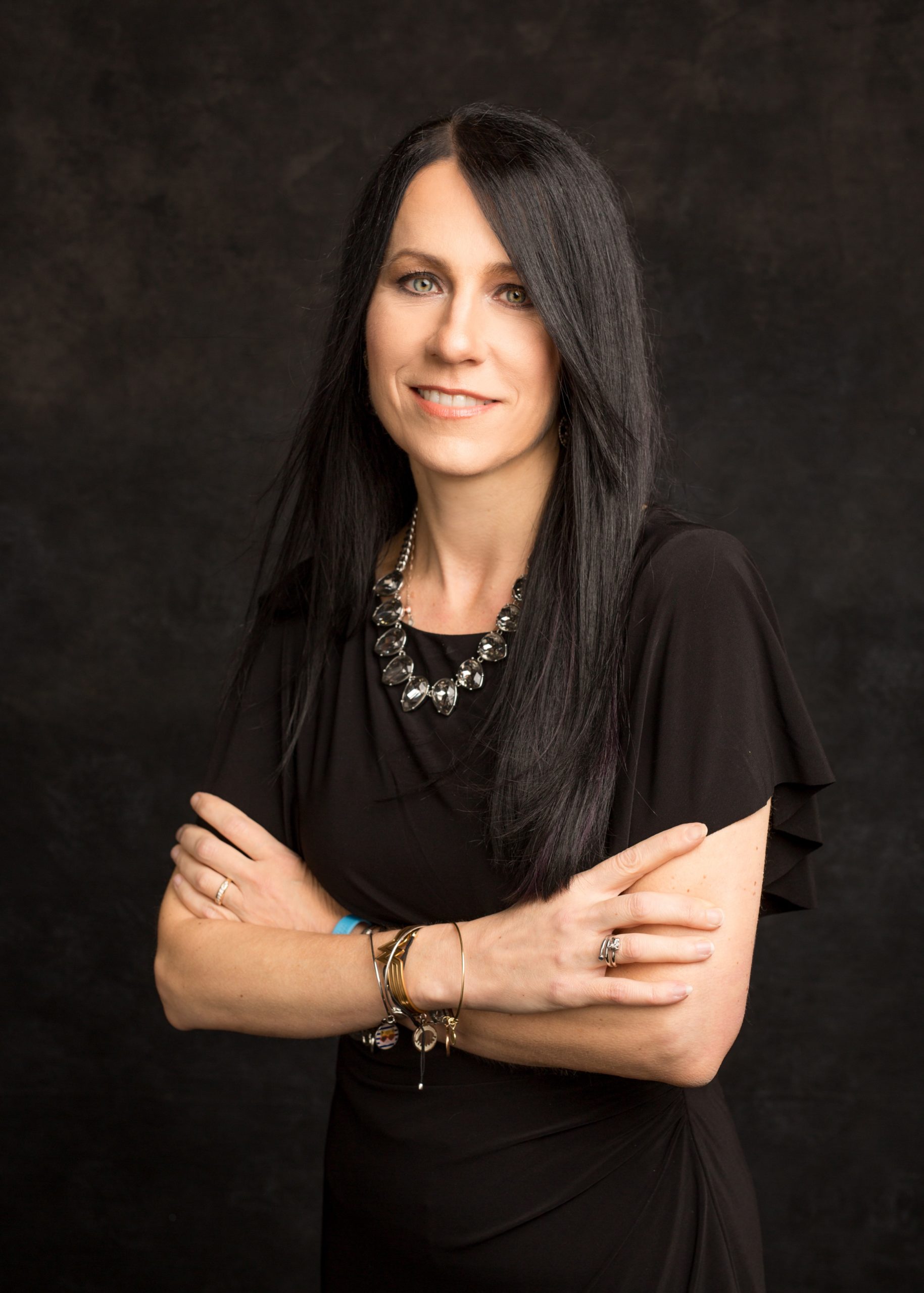Fostering Personalized Learning Journeys
Key Points
-
If we truly want to personalize learning, we must recognize we have access to so many more resources.
-
Finding methods and tools that will best meet student interests and needs is essential.
-
Here are four ways to foster unbundled learning and new learning models.

Teaching today is quite different than it was five years ago, and definitely compared with 10 or 20 or more years ago when we didn’t have access to the resources that we do today. That means learning today is different or at least it should be. If we truly want to personalize it and meet the interests and specific needs of every learner, we must recognize we have access to so many more resources that enable us to connect our students with opportunities that extend beyond our physical classroom space.
In a recent Getting Smart town hall meeting about personalized learning journeys, some guiding focus questions offered educators a different way to think about learning. A few that resonate with how I plan for my students were:
- How do we involve students in learning that is not limited to the school location?
- How can we promote student choice in how they share what they have learned?
- How can we best prepare students for the future of work and learning?
Unbundled learning means students can choose where and when learning happens. If we can connect learners with real-world, global learning experiences, we can best prepare them with the skills they need to be successful in the changing world of work. Through Accelerated Pathways, students can take courses in high school that counts toward college credit, do a work release, engage in internships throughout the year, or attend a boot camp focused on a specific topic. These move beyond traditional classroom learning. New learning models explore the possibilities that are available through our school community and even on a global scale. There are opportunities for learning everywhere and they don’t have to be confined to the class period or the classroom space. We need to make global connections for our students.
Students learn differently
Our students have grown up surrounded by so much technology and have access to information whenever they need it. They need to be able to understand how to interpret that information, evaluate it, and act upon what it is that they are learning and receiving. They need opportunities to explore areas of interest and also to find out what they might actually be interested in. This “Generation Z” as they have been referred to, needs different and more active types of learning experiences. Students today have become used to having a device and relying on technology. The apps and entertainment options capture their attention. Social media and messaging connect them with friends and family. And during the past two years, these same devices facilitated learning as we experienced school closures. Because of this, even young learners have become quite skilled with and used to relying on digital tools and devices.
Finding methods and tools that will best meet student interests and needs is essential.
Rachelle Dené Poth
What I’ve learned over the last couple of years is how much students need to be active in learning. In some classrooms, students may experience passive learning and solely be consuming content, rather than creating. To amplify learning for students today, we need experiences that will “unbundle learning” and embrace new learning models that promote student agency and spark curiosity for learning. We need methods that foster the development of SEL skills and which best prepare students for the future with real-world learning opportunities.
Finding methods and tools that will best meet student interests and needs is essential. In education, we have been focusing on the development of “21st-century skills” for many years. We are still thinking about the future but must help students to build a variety of skills that will prepare them for whatever the world of work looks like in five, ten or more years down the road. We need students to be future-focused.
Four ways to foster unbundled learning and new learning models:
1. Entrepreneurial courses and Genius Hour: Offer students the chance to explore inquiry-based learning and focus on an area of curiosity. Ask them to design a solution to a problem, to create a product, or to design their own learning experience that is more closely connected to their specific needs and interests. With students taking the lead, we can promote the development of in-demand skills including communication, problem-solving, and creativity.
2. Place-based learning: With place-based learning, we shift our focus from solely the content area and identify a geographical area or the culture of a place, as ways to build content knowledge and help students develop SEL skills. Through place-based learning, we place students into the community to collaborate with local businesses, entrepreneurs and other organizations. These experiences give students an opportunity to apply the content they are learning in the real world. They foster the development of student agency, boost student engagement and enhance student awareness of the issues and perspectives of the world around them.
3. Project-based learning (PBL): With PBL, students build self-management skills because it can be challenging to decide on your learning path. They build social awareness and empathy as they learn about the world around them. PBL can be used at any level and even across grade levels. Ask students what they are interested in learning about. Build global awareness by bringing in the United Nations Sustainable Development Goals (SDGs) and have students identify global issues and then look at their community for similar challenges. PBL is a great way to provide unbundled learning. There are some resources available for educators looking for a comprehensive resource, I recommend exploring iBlocks with the activities and Capstone project. It is also a great way to focus on SEL skills, especially of self-awareness and self-managementUsing tools for students to share learning whether through creating a podcast or exploring some videos through Tract for example, can help students to build a variety of skills and gather ideas for their own PBL. The resources also help educators to get started with PBL and its benefits in the classroom right away.
4. CTE and Work-based learning: Whether through mentoring programs, job-shadowing or internships, students need to better understand the career options that are available. While in school they can learn about careers, being able to spend time in the work environment, interacting with people who are working in different fields will have a bigger impact. There are resources available for learning about work-based learning and how to begin. Students need the classroom support and knowledge, the connection with a real-world workplace environment, and ongoing support through mentors in school and in the workplace setting. In my school, students complete a variety of similar experiences and keep track using Naviance. x2VOL is service-oriented platform that helps students learn about the importance of volunteering and gain work-based learning experience by exploring opportunities in their community.
There are very simple ways we can get started with these in our classroom. To best prepare students, we have to provide opportunities for students to engage in different learning experiences that foster the development of skills that are transferable to many different areas of life and work. Start by trying these methods or connecting with businesses and experts in your community. Arrange for guest speakers or for students to visit local industries to see firsthand, the types of jobs available and skills that are needed.
This post is part of our New Pathways campaign sponsored by ASA, Stand Together and the Walton Family Foundation.






0 Comments
Leave a Comment
Your email address will not be published. All fields are required.